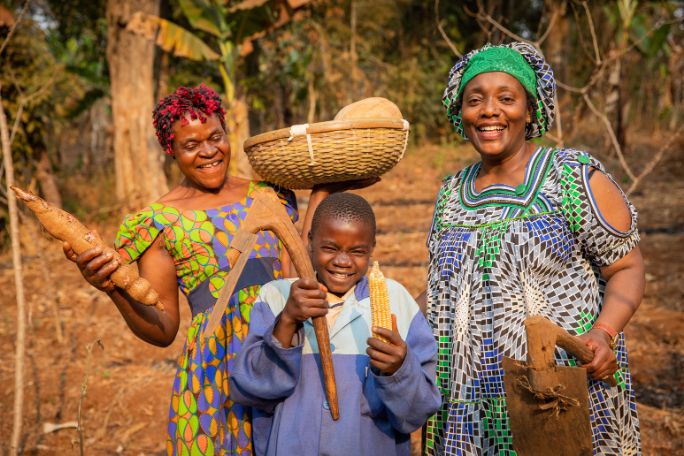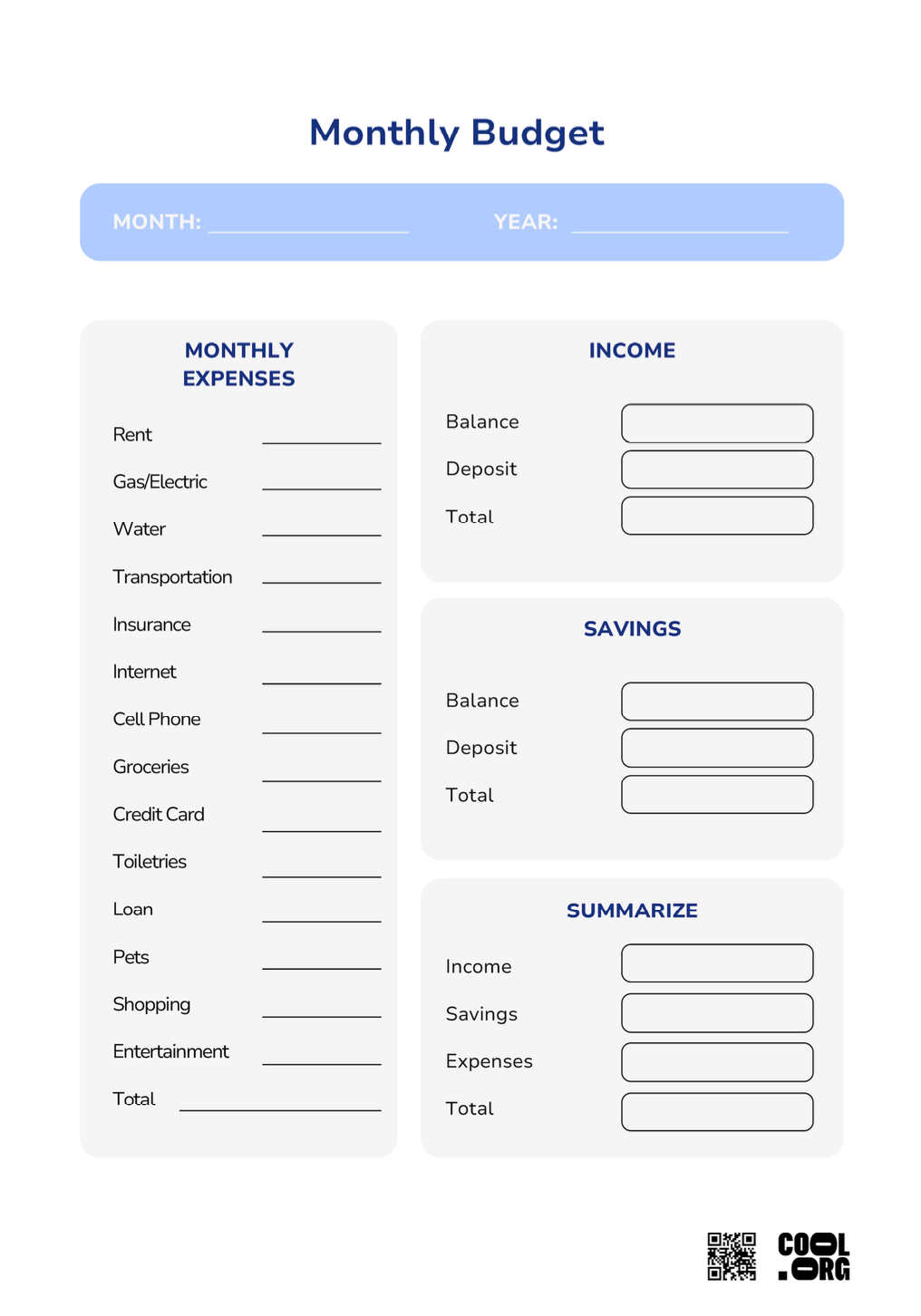Lesson summary
Students explore actionable solutions to extreme poverty and reflect on personal contributions through budget analysis. They delve into the impact of effective giving by examining a specific non-profit, encouraging them to consider the broader effects of society's contributions.
Learning intentions:
Students will...
- explore actionable solutions to extreme poverty
- reflect on personal contributions
- consider the flow-on effects of effective giving.
Success criteria:
Students can...
- give examples of actionable solutions to poverty and describe the challenges of extreme poverty
- evaluate their own spending habits to compare the impact of contributions to effective non-profits
- analyse the flow-on effects of compassionate giving to effective non-profits.
Lesson guides and printables
Curriculum links
Select your curriculum from the options below.
Lesson details
Skills
This lesson is designed to build students’ competencies in the following skills:
- critical thinking
- empathy
- ethical understanding
- global citizenship
Curriculum Mapping
Australian Curriculum (v9.0) content description: Year 7 & 8 Business and Economics
- Interpret information and data to identify economic and business issues, trends and economic cause-and-effect relationships AC9HE7S03 / AC9HE8S03
- Develop questions to investigate a contemporary economic and business issue AC9HE7S01 /AC9HE8S01
General capabilities: Critical and Creative Thinking, Ethical Understanding, Personal and Social Capability
Syllabus outcomes: COM4
Cross-curriculum priority: Sustainability
Relevant parts of Year 7 & 8 Business and Economics achievement standards: Students can interpret information and data to identify economic and business issues and trends, and describe economic cause-and-effect relationships. They can also develop a range of questions to investigate economic and business issues.
UN Sustainable Development Goals
UN SDG 1: End poverty in all its forms everywhere
- Target 1.4: By 2030, ensure that all men and women, in particular the poor and the vulnerable, have equal rights to economic resources, as well as access to basic services, ownership and control over land and other forms of property, inheritance, natural resources, appropriate new technology and financial services, including microfinance.
Resources Required
- Device capable of accessing the internet (1 per student)
- Budget worksheet
Additional Info
This lesson has been developed with the support of The Life You Can Save.
The Life You Can Save conducts research to identify non-profits running highly impactful programs that address the multiple dimensions of poverty. They also help connect people who want to donate money and resources with these non-profits to maximise the impact of their gifts. They aim to create a world where everyone has an opportunity to build a better life and where there’s no suffering or death due to extreme poverty. The Life You Can Save was founded by Melbourne-born Peter Singer, widely recognised as one of the world’s most influential contemporary philosophers, to advance the ideas in his 2009 book The Life You Can Save: Acting Now to End World Poverty (republished 2019). Since then, they’ve worked to introduce the ideas from Professor Singer’s book to new audiences, inspiring people to help others experiencing poverty around the world and empowering them to make the greatest impact possible.
Level of teacher scaffolding: Low - facilitate discussion.
Related Professional Learning
Ethical Understanding in the Australian Curriculum v9
Explore how to teach the General Capability of Ethical Understanding as of version 9 of the Australian Curriculum. Learn what Ethical Understanding involves and how to incorporate ethics into your regular teaching.




Welcome back!
Don't have an account yet?
Log in with:
Create your free Cool.org account.
Many of our resources are free, with an option to upgrade to Cool+ for premium content.
Already have an account?
Sign up with:
By signing up you accept Cool.org's Terms and Conditions(Opens in new tab) and Privacy Policy(Opens in new tab).